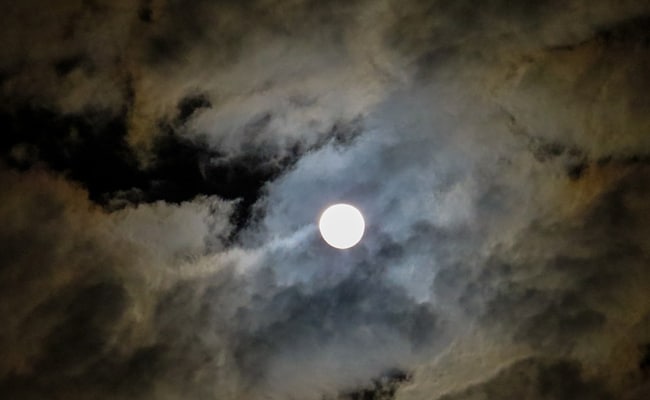
New Delhi: NDTV
The first celestial event is here. Lunar Eclipse or Chandra Grahan will be seen tonight in many parts of the world including India. The Chandra Grahan or Lunar Eclipse will begin at 10:37 pm on January 10 and will end around 2:42 am on January 11. In a normal lunar eclipse, the moon passes through the central part of the earth's shadow called umbra, and one witnesses considerable darkening of the lunar disc. But in penumbral lunar eclipse case of January 10, there will be only a slight dimming of the lunar surface. The moon will appear larger than usual during the four hours of the Chandra Grahan tonight.
Chandra Grahan: Here are 10 things you should know about today's Lunar Eclipse
- The Chandra Grahan on Friday will be the first of the four penumbral lunar eclipses that will take place this year. The following three lunar eclipses would be seen on June 5, July 5 and November 30.
- In a penumbral lunar eclipse, the moon drifts into Earth's outer shadow called the Penumbra. Unlike other eclipses, the penumbral eclipse is a very subtle celestial event and can be a bit hard to see as the shadowed part is only a little bit fainter than the rest of the Moon.
- The penumbral lunar eclipse will also be visible from different countries in Asia, Africa, Australia and Europe. In India, the Chandra Grahan can be seen from all parts of the country.
- Tonight's Lunar Eclipse or Chandra Grahan coincides with the first full Moon of this year, also called Wolf Moon, Ice Moon in the US, Yule in Europe, Shakambhari Purnima, Paush Purnima in India and Duruthu Poya in Sri Lanka, notes NASA.
- In the Hindu calendar this full Moon is celebrated as Shakambhari Purnima, the last day in the eight-day Shakambari Navratri holiday that celebrates the goddess Shakambhari. This full Moon is also Paush Purnima, the last day of the Hindu month Paush.
- For the Buddhists of Sri Lanka, the first full moon night is marked as Duruthu Poya, which commemorates Siddhartha Gautama Buddha's first visit to Sri Lanka.
- Unlike solar eclipses that require precautionary measures before watching them live, the lunar eclipse or Chandra Grahan can be seen through naked eyes and no special equipment is required to view the celestial event. A telescope, however, will enhance the clarity of the view.
- The first full Moon of this year or the lunar eclipse 2020 (Chandra Grahan) will make way for longer days ahead.
- During the eclipse time, the moon is going through a whole cycle in two to three hours' time. It is believed that cooked food deteriorates faster during the Chandra Grahan or Lunar Eclipse, so one is advised to not eat food during the time of the lunar eclipse.
- Lunar Eclipse can be seen online on CosmoSapiens youtube channel by following this link from 10:30 pm tonight.
No comments:
Post a Comment